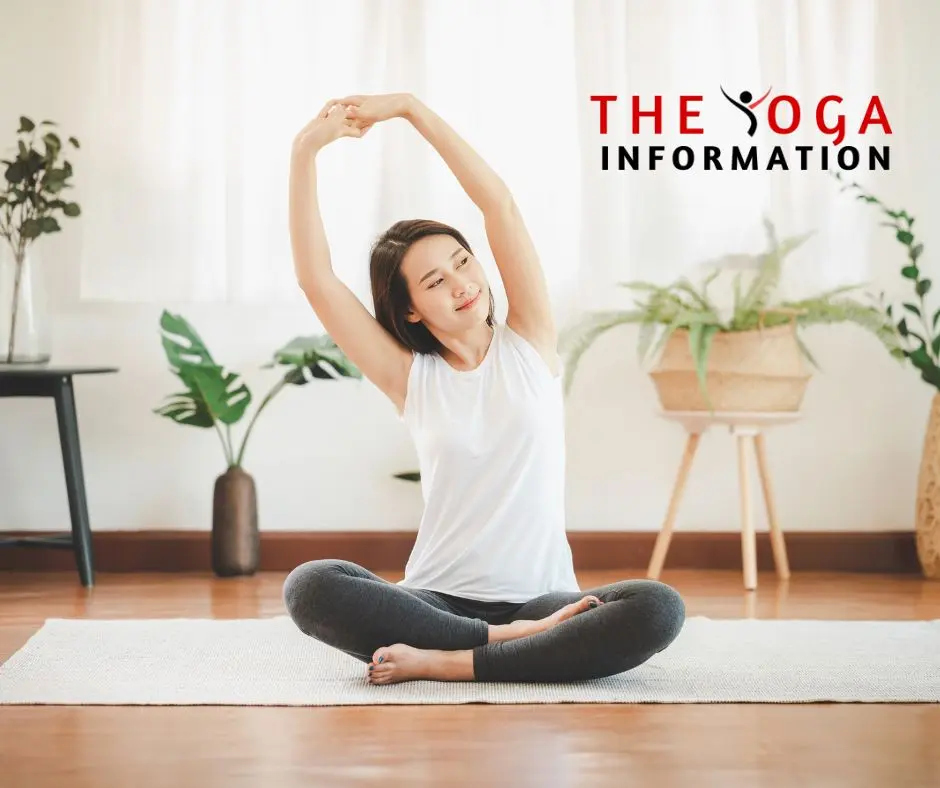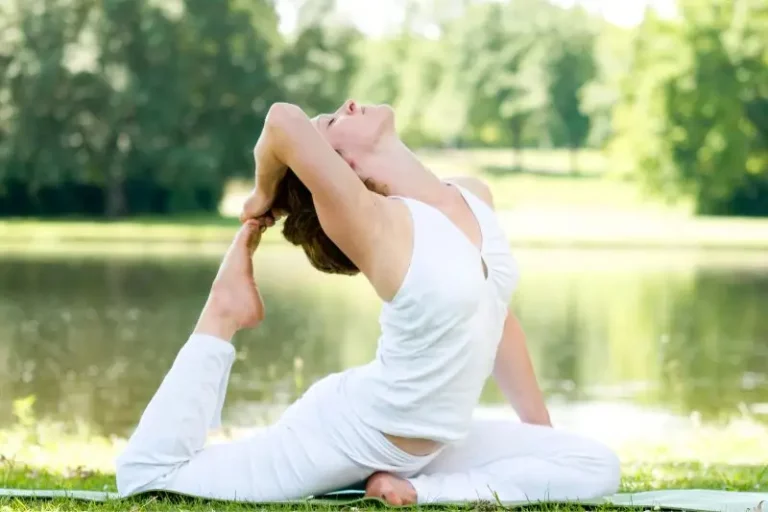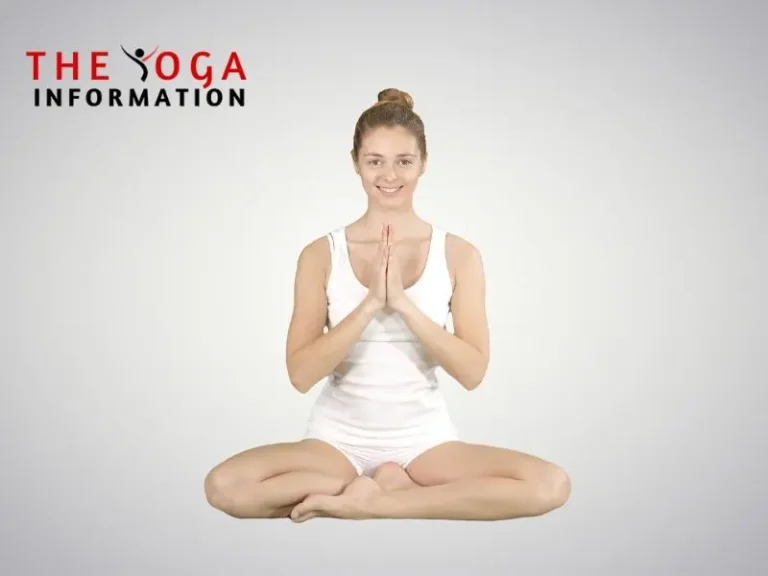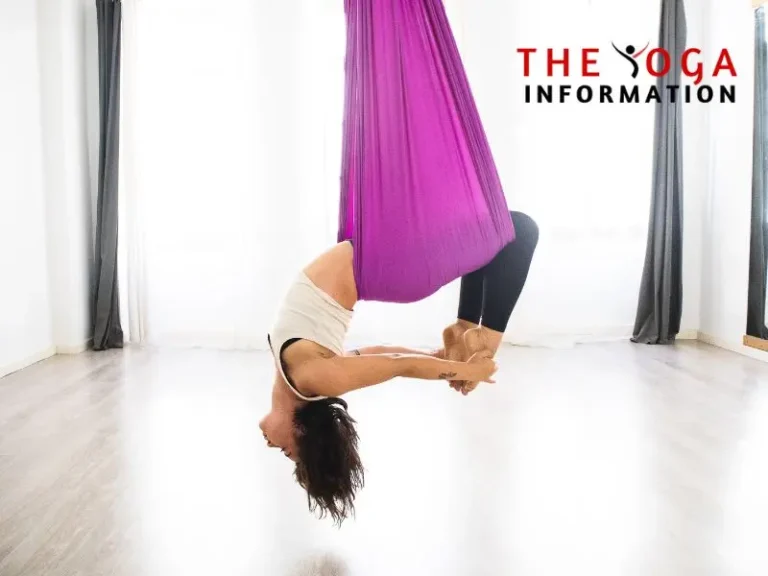With the convenience of practicing in the comfort of your own space, along with the flexibility to tailor your sessions to suit your schedule, home yoga offers a myriad of benefits. In this blog, we’ll explore some simple yet effective tips for establishing a fulfilling yoga practice within the four walls of your home. From creating a serene practice area to selecting suitable online resources, we’ll delve into the essential elements that can help you kick-start your home yoga journey.
Introduction
How to Start Yoga at Home. Embracing the Benefits of a Personal PracticeIn today’s fast-paced world, finding time to prioritize our physical and mental well-being can be a challenge. However, one practice that has gained significant popularity for its numerous benefits is yoga. With its focus on flexibility, stress relief, and overall well-being, yoga offers a holistic approach to health that can be easily incorporated into our daily lives.
Flexibility is a fundamental component of yoga that allows individuals to improve their range of motion and reduce the risk of injury. By incorporating regular yoga sessions into your routine, you can experience noticeable improvements in flexibility as your muscles become more supple and responsive.
Set up your space to start yoga at home
Starting a yoga practice at home can be the perfect way to cultivate mindfulness, improve flexibility, and enhance overall fitness. In this guide, we’ll explore how to set up your space to start practicing yoga at home.
Choose the Right Area
First and foremost, designate a space in your home that is conducive to practicing yoga. Ideally, this area should be quiet, free from distractions, and have enough room for you to move freely. Consider setting up near a window with natural light or in a room with good ventilation. If possible, create a dedicated yoga space where you can leave your mat and props out so that it’s always ready for your practice.
Clear the Clutter
Before you roll out your yoga mat, take some time to declutter and tidy up the chosen space. A clean and organized environment can help promote mental clarity and focus during your practice. Remove any unnecessary items from the area and consider adding decorative elements such as plants or soothing artwork to inspire tranquility.
Gather Essential Equipment
While yoga doesn’t require much equipment, having the right tools can enhance your practice. Invest in a high-quality yoga mat that provides adequate cushioning and stability. Additionally, consider purchasing props such as blocks, straps, and bolsters to support your poses and deepen stretches. Having these items readily available in your designated space will make it easier to seamlessly integrate them into your practice.
Set the Ambiance
Creating a calming ambiance in your yoga space can significantly impact the quality of your practice. Consider playing soft music or nature sounds to create a tranquil atmosphere. You may also want to incorporate aromatherapy by using essential oils or scented candles known for their relaxing properties.
Personalize Your Space
Make your yoga space feel personal and inviting by adding meaningful touches that resonate with you. This could include incorporating inspiring quotes or affirmations on the wall, placing meaningful objects nearby, or setting up a small altar or shrine with items that hold spiritual significance for you.
Establish Consistent Practice Times
To develop a sustainable yoga routine at home, establish consistent practice times that align with your daily schedule. Whether it’s early morning before work or in the evening after dinner, having a regular time slot reserved for yoga can help solidify it as an integral part of your daily routine.
Choose the Right Time
Starting a home yoga practice can be an incredibly rewarding experience, but finding the right time to begin is crucial.
Morning Serenity
Embarking on your yoga practice in the morning can set a positive tone for the rest of your day. The stillness of the early hours provides a serene environment for meditation and asanas. Incorporating yoga into your morning routine can help you feel more energized, focused, and prepared to tackle whatever challenges lie ahead.
Midday Revitalization
If mornings are too hectic for you, consider practicing yoga during your lunch break or in the early afternoon. Taking a midday yoga break can help alleviate stress, improve concentration, and recharge your energy levels for the remainder of your day. It’s an excellent way to find balance amidst a busy schedule and promote mental clarity.
Evening Relaxation
For many individuals, unwinding with yoga in the evening is an ideal way to release tension and prepare both mind and body for restful sleep. After a long day, engaging in a calming evening practice can help ease muscle tightness, reduce stress, and promote relaxation before bedtime.
Finding Your Rhythm
Ultimately, the right time to start your home yoga practice is whenever it fits seamlessly into your daily routine. Whether it’s early morning, midday, or evening, consistency is key. Choose a time that allows you to commit fully to your practice without feeling rushed or distracted.
Benefits of Practicing Yoga at the Right Time
Yoga is not just a physical exercise; it is a holistic practice that aims to align body, mind, and spirit. The time of day when you choose to practice can significantly impact the effectiveness of your yoga sessions. By selecting an optimal time for your practice, you can maximize the benefits of yoga and enhance your overall experience.
Setting Realistic Goals
As you embrace the practice of yoga, it’s important to approach it with realistic expectations and a clear understanding of what you hope to achieve.
Why Set Realistic Goals?
Starting yoga at home can be an incredibly rewarding experience, but it’s essential to set realistic goals from the outset. By doing so, you can avoid feelings of frustration and disappointment that may arise from setting unattainable objectives. Realistic goals provide a sense of direction and purpose, helping you stay motivated and committed to your practice.
The Significance of Achievable Goals
When embarking on your yoga journey at home, it’s crucial to understand that progress takes time. Setting achievable goals allows you to track your development and celebrate each milestone along the way. Whether your goal is to improve flexibility, build strength, or find inner peace, breaking these aspirations into smaller, manageable targets sets you up for success.
Tips for Setting Realistic Goals in Yoga
Identify Your Intentions: Consider why you are drawn to yoga and what specific benefits you hope to gain from practicing at home. Whether it’s stress relief, physical fitness, or mental clarity, clarifying your intentions will guide the goal-setting process.
- Be Specific: Instead of setting vague goals such as “get better at yoga,” define specific objectives like holding a certain pose for a longer duration or mastering a new sequence. Clear objectives provide a clear path for improvement.
- Gradual Progression: Rome wasn’t built in a day, and neither is mastery in yoga. Start with modest goals that align with your current abilities and gradually increase the difficulty as you grow more confident in your practice.
- Track Your Progress: Keep a journal or use a tracking app to monitor your progress. Recording small victories along the way can be incredibly motivating and help you stay focused on your long-term objectives.
- Stay Flexible: While setting goals is important, remaining open-minded and adaptable is equally valuable. Your needs and capabilities may evolve as you continue practicing yoga at home, so be willing to adjust your goals accordingly.
Starting with Basic Poses
Here are some basic yoga poses that are perfect for beginners looking to start their yoga journey at home
Mountain Pose (Tadasana)
Begin by standing with your feet hip-width apart, grounding down through all four corners of your feet. Bring your palms together in front of your heart center and take a few deep breaths. This pose is great for improving posture and grounding yourself at the beginning of your practice.
Downward-Facing Dog (Adho Mukha Svanasana)
From a standing position, bend forward and place your hands on the mat, shoulder-width apart. Step back with both feet, creating an inverted V shape with your body. Press through your palms and heels while lengthening through your spine. Downward-Facing Dog is excellent for stretching the entire body and building strength in the arms and legs.
Warrior I (Virabhadrasana I)
From Downward-Facing Dog, step one foot forward between your hands and rise up into Warrior I. Bend the front knee at a 90-degree angle while keeping the back leg straight and strong. Extend your arms overhead and gaze up toward your hands. Warrior I helps improve balance, stability, and focus.
Tree Pose (Vrksasana)
Stand tall with both feet grounded on the mat. Shift your weight onto one foot and bring the sole of the other foot to rest on the inner thigh or calf of the standing leg. Find a focal point to help maintain balance as you bring your palms together at heart center or extend them overhead. Tree Pose is fantastic for improving balance, concentration, and strengthening the leg muscles.
Child’s Pose (Balasana)
Kneel on the mat with big toes touching and knees apart. Lower your torso between your thighs as you extend your arms in front of you or alongside your body with palms facing up. Resting in Child’s Pose provides a gentle stretch for the back, hips, thighs, and ankles while promoting relaxation.
Conclusion
Starting yoga at home can be a rewarding and transformative experience. By following the simple tips for practicing at home outlined in this content, you can create a peaceful and effective yoga routine that fits seamlessly into your daily life. Remember to start with the basics, listen to your body, and stay consistent with your practice. With dedication and patience, you can harness the benefits of yoga from the comfort of your own home, leading to improved physical health, mental well-being, and inner balance. So roll out your mat, take a deep breath, and embark on this fulfilling journey towards holistic wellness through yoga.



